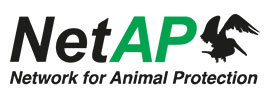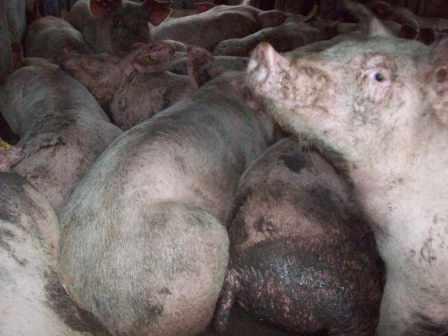Chickens have a theoretical life expectancy of 20 years or more. In fattening houses, chickens are fed ready for slaughter at the age of 5-8 weeks. Laying hens usually live for a maximum of 15 months. At the latest then they go into moult. As they do not lay any eggs during this time, it is no longer profitable to keep them and they are disposed of. They are disposed of because their emaciated bodies can no longer be sold as meat. In order to replace the laying hens each year, the same number of females must be reared. During the production of the offspring, however, 50% male chicks also hatch. These are destroyed on the first day of life (gassed or shredded) , because they do not lay eggs and are bred for laying performance, which means that they do not put on meat as quickly as chickens bred for meat production. This means that there is an infinite amount of live waste. In Switzerland alone, around 2 million chicks are killed every year. In Germany, the figure is 60 million.
The longer an egg producer lets his hens live, the fewer offspring need to be produced and therefore fewer animals are killed prematurely. After moulting, hens lay eggs again. Larger and some say even better. Unfortunately, they no longer quite fit into standard egg cartons. According to KAG Freiland, such eggs are difficult to market. In our opinion, however, it has never really been tested. The consumer has a part to play. If there was a demand for large eggs from older hens, farmers would be interested in keeping the hens for longer. Every extra year that a laying hen is allowed to live prevents the death of at least two hens.
Egg consumption in Switzerland is equivalent to around 185 eggs per capita per year. Around 60 – 70% of these eggs are from Switzerland. The remaining eggs come from abroad, mostly from battery farming, which is banned in Switzerland. In battery farming, the hen has an area of just under an A4 sheet of paper at its disposal. Eggs are usually used in foodstuffs, e.g. pasta, baked goods, ready meals, etc. Very few consumers care where the egg in a ready-made product or the egg in a restaurant or canteen comes from.
Further information and our commitment to chickens in Switzerland can be found here.





